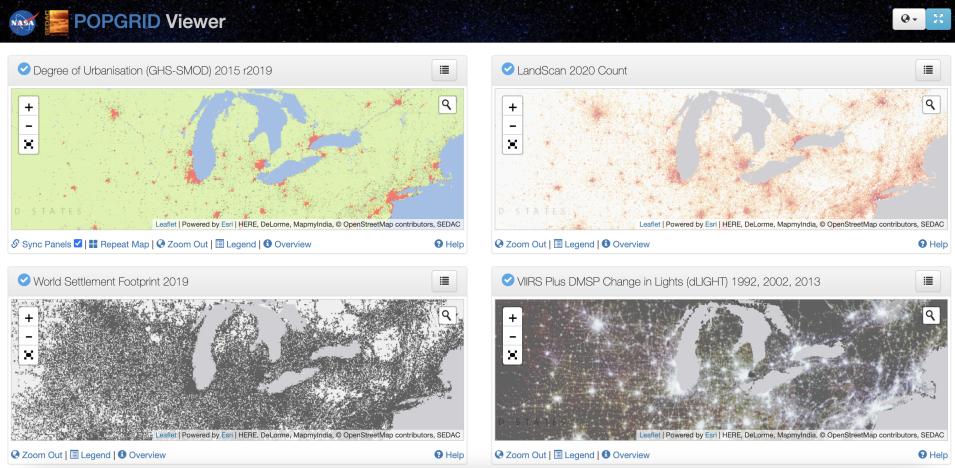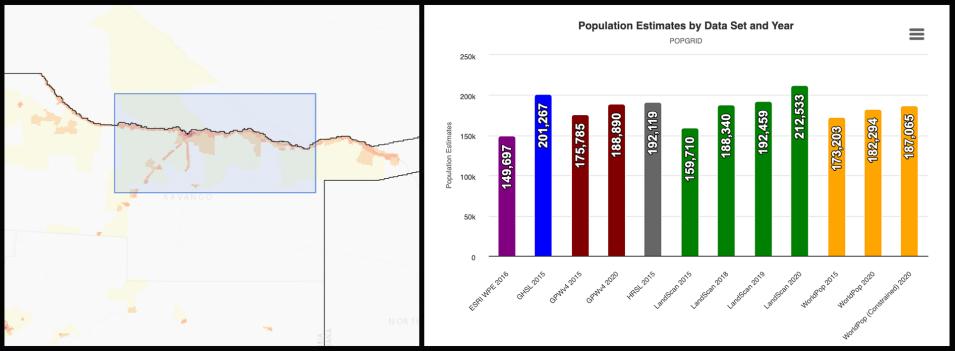For disaster response teams eager to assist areas impacted by severe storms, earthquakes, or floods, or aid organizations engaged in efforts like providing insecticide-treated bed nets to people living in remote areas prone to malaria, accurate population counts are critical for successful outcomes.
Traditionally, these counts are derived from census data. However, infrequent intervals of data collection, inaccessibility to certain geographic locations, and resource constraints sometimes leave people uncounted in the total population estimates. Furthermore, countries may only release census data aggregated to large administrative units.
Over the past two decades, high-resolution satellite imagery, Geospatial Information Systems (GIS), and improvements in remote sensing capabilities have spurred the creation of several gridded population datasets that more accurately map population distribution. Moreover, in some cases data producers may fill data gaps by estimating the population of settlements based on the number of dwelling units that are observed. Yet, because these datasets use different inputs and methodologies, they can confuse users who may not fully understand the impact of their differences and lead users to overlook the dataset that might best meet their unique needs.
POPGRID Viewer, a mapping tool that facilitates direct comparison of population and settlement datasets derived from different data sources and methodologies and is available through NASA's Socioeconomic Data and Applications Center (SEDAC), was created to help alleviate these issues.
“The POPGRID Viewer supports the idea that users need more comparable and more easily accessible information about the alternative gridded data products, as well as easier ways to visualize and compare the different data without having to separately download each dataset themselves,” said Dr. Robert Chen, former SEDAC manager.

